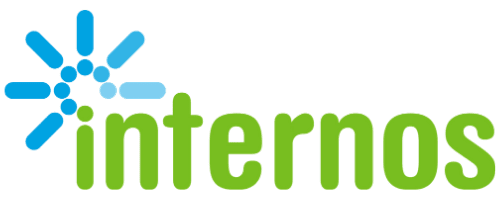
The annual ritual of crafting your IT planning strategy can be a little like running with the bulls in Pamplona, leaving you feeling beat up, tired and wondering how to articulate your story effectively. As we approach the end of another year, the critical task of planning for 2024 looms large.
As an expert managed service provider, we understand the challenges this presents, and we’re here to guide you through the process with seven key questions that will shape and streamline your IT strategy.
1. What’s the vision for your IT planning?
Before diving into slides and presentations, take a moment with a notepad. Define your vision for IT – whether it’s optimizing technology spending, harnessing disruptive technologies like Generative AI and IoT, or creating a more intelligent and automated enterprise.
Ensure this vision aligns seamlessly with the C-suite’s narrative and priorities, demonstrating a thorough understanding of your organization’s overarching goals.
2. Why change now?
Identify the market forces propelling the need for change. Is your competition gaining ground digitally? Are customer preferences shifting towards digital channels?
Highlight the external factors influencing your strategy, grounding your plan in real-world examples, possibly gleaned from competitors’ publications. Show the urgency of your strategy by painting a vivid picture of the evolving landscape.
3. What major challenges and risks stand between the current state and the vision?
Acknowledge the hurdles upfront: technical debt, talent shortages, cyber security risks and IT capabilities that might compromise your vision. Transparency about challenges builds credibility and prepares your audience for the journey ahead.
Additionally, address potential concerns within the audience by proactively disarming objections. Complexity is a reality; embrace it, quantify it and use it to underscore the magnitude of your responsibilities.
4. What IT strategic objectives will move you toward the vision?
Think of strategic objectives as the pillars supporting your vision. Define three to five objectives that encapsulate projects for 2024, both ongoing and new.
These objectives should align with your company’s commercial endeavors but also consider those that stand alone, contributing to essential areas like improving the employee experience, modernizing your disaster recovery options or transforming IT operations.
5. What projects are needed to advance your strategic objectives? And when will you work on them?
Projects are the building blocks of your strategy. Clearly outline which IT projects will continue from the current year and which new ones must be initiated. Align each project with a strategic objective to ensure cohesion.
Avoid overcommitting; prioritize projects based on capacity and the organization’s readiness for change. Provide a logical roadmap, explaining the sequencing of projects and why certain ones take precedence, like taking advantage of cloud services.
6. How much will IT planning cost? And what will your organzation gain?
Articulate the costs and benefits of each proposed project. Frame these numbers in the context of overall budget projections, including multi-year forecasts aligned with finance organization norms.
Borrow revenue projections from FP&A (financial planning and analysis), incorporating IT run-rate spending and project spending to create a comprehensive view. Be prepared to explain any increases in the IT spend as a percentage of revenue.
7. How will your team mobilize for execution?
Recognize that you can’t drive transformation alone. Clearly define the support needed from other business units and functions – whether it’s dedicated resources, steering committee participation or incremental funding.
Establish roles and responsibilities, ensuring everyone has a stake in the success of the plan. Collaboration is key to execution; clarifying expectations and fostering a collective commitment to the journey ahead.
Bringing “IT” together
Once you’ve tackled these questions, collaborate with your team to refine your hypothesis. Identify strengths and areas needing improvement. This collaborative effort ensures a comprehensive strategy that considers multiple perspectives.
Remember, the principal challenge of annual planning is staying focused on the topics that matter. Answering these seven questions will not only address your audience’s concerns but also provide a solid foundation for rapidly building an MVP, setting the stage for more detailed discussions with your peers.
At Internos, we understand that strategic IT planning is both an art and a science. If you have any burning questions on IT, contact us or book a meeting with one of our experts.
Let’s navigate 2024 together, ensuring your IT strategy not only meets the challenges of the future but also positions your organization for success.
Use our Managed Service Provider Checklist to Find the Right
Our easy-to-follow checklist can guide you through the process of the best IT services provider for your business.
Are you a first-timer to IT support? Maybe you aren’t happy with your current MSP? This checklist will help you outline and define:
